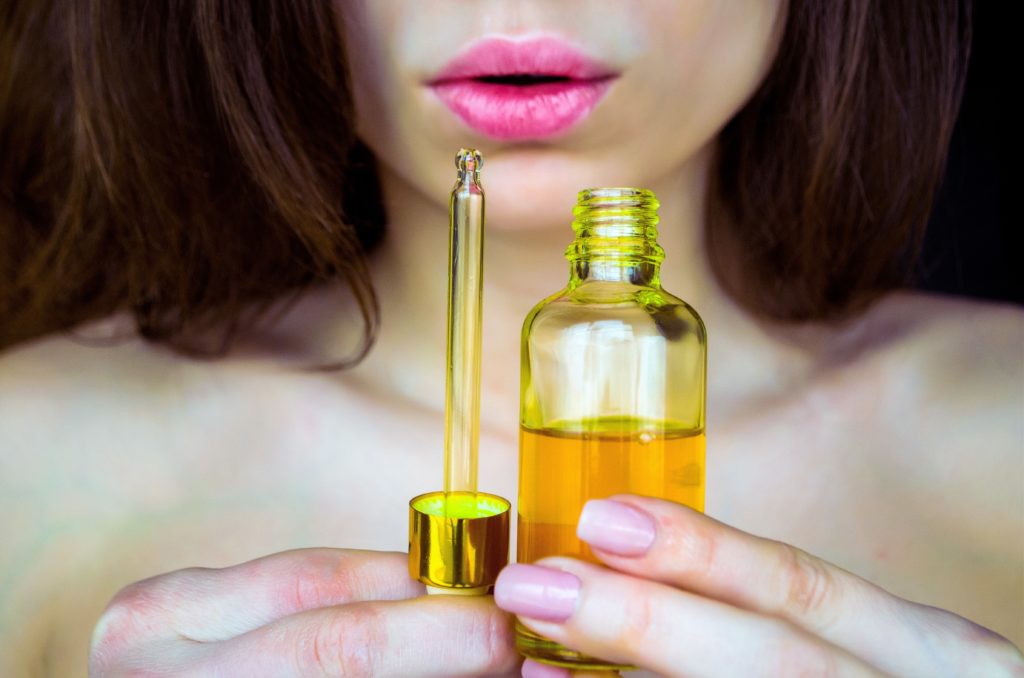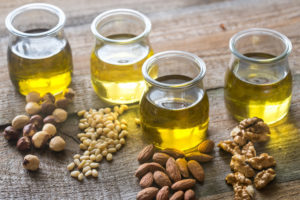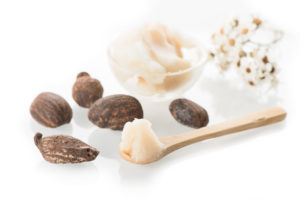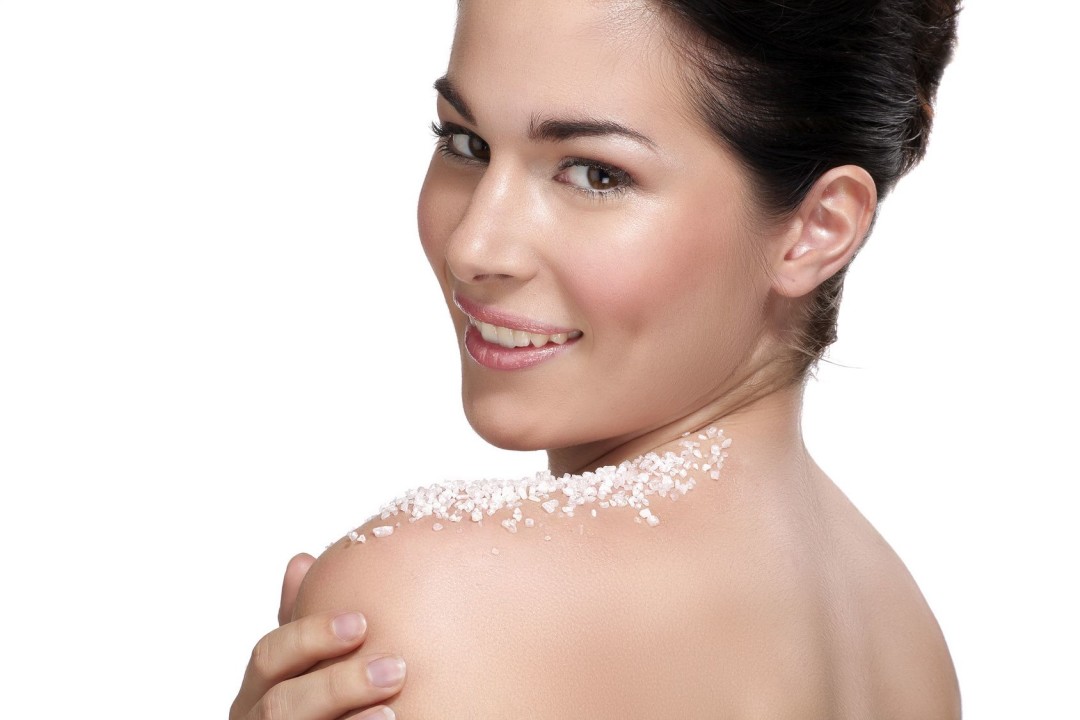Highly effective oils are essential for all rich and smoothing beauty products. Especially mature skin can benefit from oils, because with increasing age, the skin becomes dryer and loses tension. Oils are able to strengthen the skin barrier and to prevent the skin from drying out. Even the skin has a high content of various lipids. The skin fat (sebum) is composed of triglyceride, fatty acids, wax, squalene, cholesterol and cholesterol esters. Especially the sebum’s triglyceride are similar to fatty plant-based oils. Omega-3 and -6 fatty acids are furthermore the main elements of the cell membrane.
Plant-based oils are rich in those ingredients and have a correspondingly higher affinity to the skin. They are rapidly absorbed from the upper skin layers and activate the skin function from inside out. This way, they positively support the immune system, regenerate the skin and lead to a significant better skin condition.
Therefore, it is not surprising, that oils are the oldest nourishing cosmetics. They have diverse effects, and particularly the different fatty acids contained perceive many regulating functions of the body and skin. Essential fatty acids play a significant role, because they cannot be produced by the body itself and must be supplied from the outside.
Deficits of this fatty acid could promote e.g. dry, sensitive skin, psoriasis and inflammatory processes. In plant-based oils, 30 fatty acids are represented, whereby some are particularly emphasised:
- Palmitic acid – is part of the skin barrier, a saturated fatty acid and very stable against oxidation. In high concentration, it is contained in e.g. avocado and wheat germ oil, amaranth oil (approx. 15%), argan oil (approx. 10%).
- Stearic acid – a component of the stratum corneum (uppermost skin layer), but in lower concentration than palmitic acid. In low concentration, it is contained in plant-based oils, e.g. sunflower oil (approx. 5%) and has a skin-protecting effect.
- Oleic acid – is very widely used in e.g. amaranth oil (approx. 25-30%), apricot oil (approx. 60%), argan oil (approx. 40%) and almond oil (approx. 60%). Can be applied evenly and is considered a penetration booster for ingredients.
- Linoleic acid – this essential fatty acid (also called Omega-6) is an important part of the ceramide of the skin barrier. Without linoleic acid, the skin becomes flaky. Contained in e.g. in thistle oil (approx. 80%), amaranth oil (approx. 25-30%), almond oil (approx. 20%).
- Gamma linolenic acid – this essential fatty acid has good anti-inflammatory characteristics and is therefore often used in preparations for neurodermatitis patients. In high concentration, it is contained in e.g. evening primrose oil.
- Alpha linolenic acid – an essential fatty acid (also called Omega-3), has a beneficial effect on burn injuries and skin redness. Unfortunately, it is very sensitive to atmospheric oxygen and oxidises quickly. Therefore, it is hardly used. Linseed oil and rosehip oil are carrier of these fatty acids.
Percentage referred to total fatty acid content (approx. indication)
Especially the unsaturated plant-based oils with its skin-friendly components and supporting characteristics have the disadvantage, that they are sensitive to atmospheric oxygen. They have to be stabilized by antioxidants, because they age quickly, which can be observed by the formation of acids and causes changes in smell (oils become rancid!).
Synthetic oils, e.g. paraffin oils have a clear advantage in this respect: they are extremely stable against oxidation and microbial change and almost everlasting. Furthermore, they also have quite short-term smoothing characteristics. However, paraffin oil and silicones cannot regenerate the skin or support its natural physiology.
Besides the fatty acid spectrum, all oils characterize a certain spreading behaviour, which must be considered carefully before used in cosmetics. Spreading behaviour describes the distribution and absorption of oils on the skin. Because there are oils, that have a comparatively low viscosity and a low surface tension at once (e.g. silicone or isopropyl myristate). Such oils spread out faster than viscous oils. As a result, such oils should not be used e.g. in skin care products of the eye area. They almost “creep“ to the eye and can cause tears or redness. Oils such as Shea butter are better, because it is highly viscous and spreads only slowly.
Thinking about oil, we often think of gloss, stickiness and weight – if oils are combined properly in cosmetics, the result is neither gloss, nor a sticky effect or a feeling of weight. Formulas with particularly dry oils such as argan, macadamia nut and meadow foam seed oil leave a light feeling on the skin.
Looking for a great oil for the skin? Have a look at our shop to learn more about our Vitalizing Oil Concentrate.






